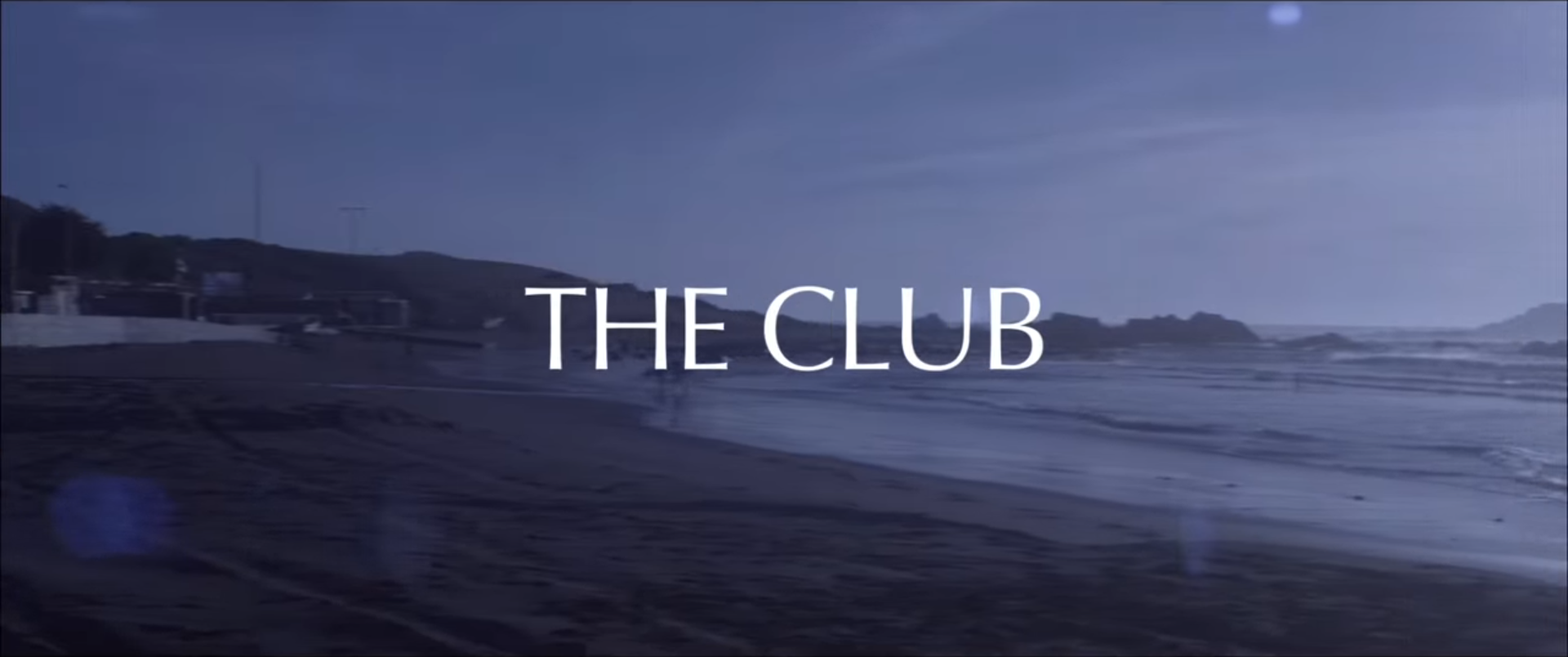It takes less than 20 minutes to forget about where the The Club came from. The Chilean film, made by acclaimed director Pablo Larraín, is strongest in an opening act that is at once superbly crafted and deeply unsettling. Any hang-ups viewers have about trying to get invested in something produced in a foreign language (a fear millennials too often hold), are erased completely. Those first 20 minutes make it clear The Club can thrive as a film away from its place of creation because it lives off universal themes and a tone of such deep emotion that it has the power to resonate with viewers of any tongue or sensibility.
The titular “club” is a small house located in a Chilean beach town. Its residents are four old men, all former priests, and their female caretaker, who used to be a nun. All of the men live there in exile, pushed away by their parishes because of unidentified sins of the past. They spend their days devoid of outside contact for the most part, instead obsessing over Rayo, the house dog who is finding success in the local races. When a new priest, freshly ousted from his longtime home, arrives at the house, the fragile foundation of their living situation and the dam that holds back the trespasses of their past both begin to splinter.
While very much centered on the Catholic Church and some of its institutional flaws, the movie, in more ways than one, is about responsibility. It’s about those things and people we think we can turn to for answers or absolution, the things we view as larger or better than ourselves. What happens when these things are imperfect? And is there anything anywhere that isn’t? What do we do when the arms that we expect to be there to catch us are too concerned with their own well-being and let us fall?
The succinct power of the film’s opening is not maintained throughout, as the ending sprawls a bit out of control. But the premise is one of interesting complexity, enough so that the overall messages of the movie pack a punch through tone and imagery alone. Larraín and cinematographer Sergio Armstrong play with the look of the movie throughout, rendering some scenes very low-contrast and others remarkably clear.
One thing that comes across without any trouble, though, is the complex pain and uncertainty in the eyes of every character. Each of the four priests; their caretaker, Mónica; and another member of the church, Father García (who comes later to check on things), get at least one lasting close-up from the camera, and each does something different with it. Each character’s eyes draw you in and present multiple levels of meaning. They are the true peaks of 90 minutes of fine acting.
It is in scenes like these, in which the camera refuses to budge or the dialogue refuses to end, that The Club makes you want to look away or turn it off. But to do so would be of no use. The Club is an arresting work, one that can’t be escaped once entered. There is no doubt that the material here is painful, and that pain demands to be felt.



